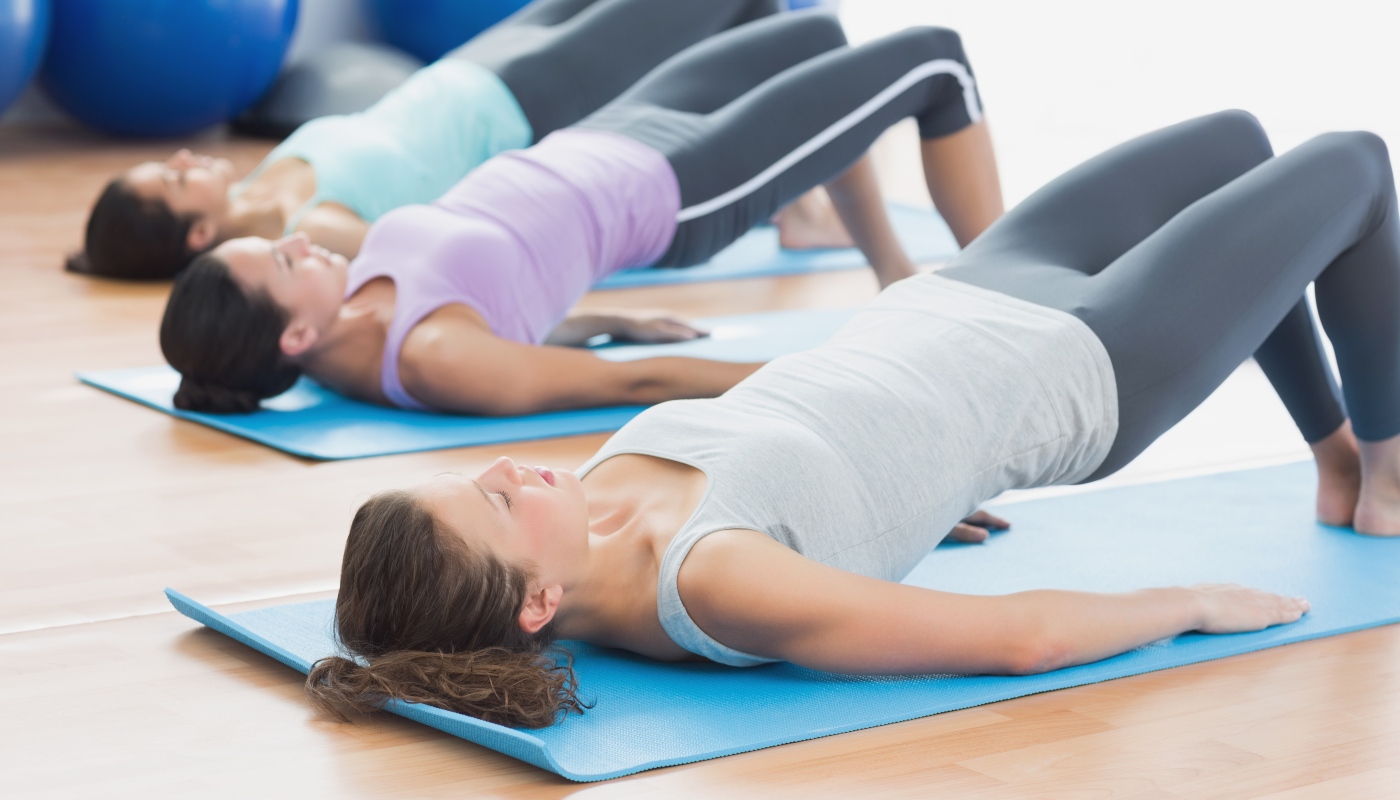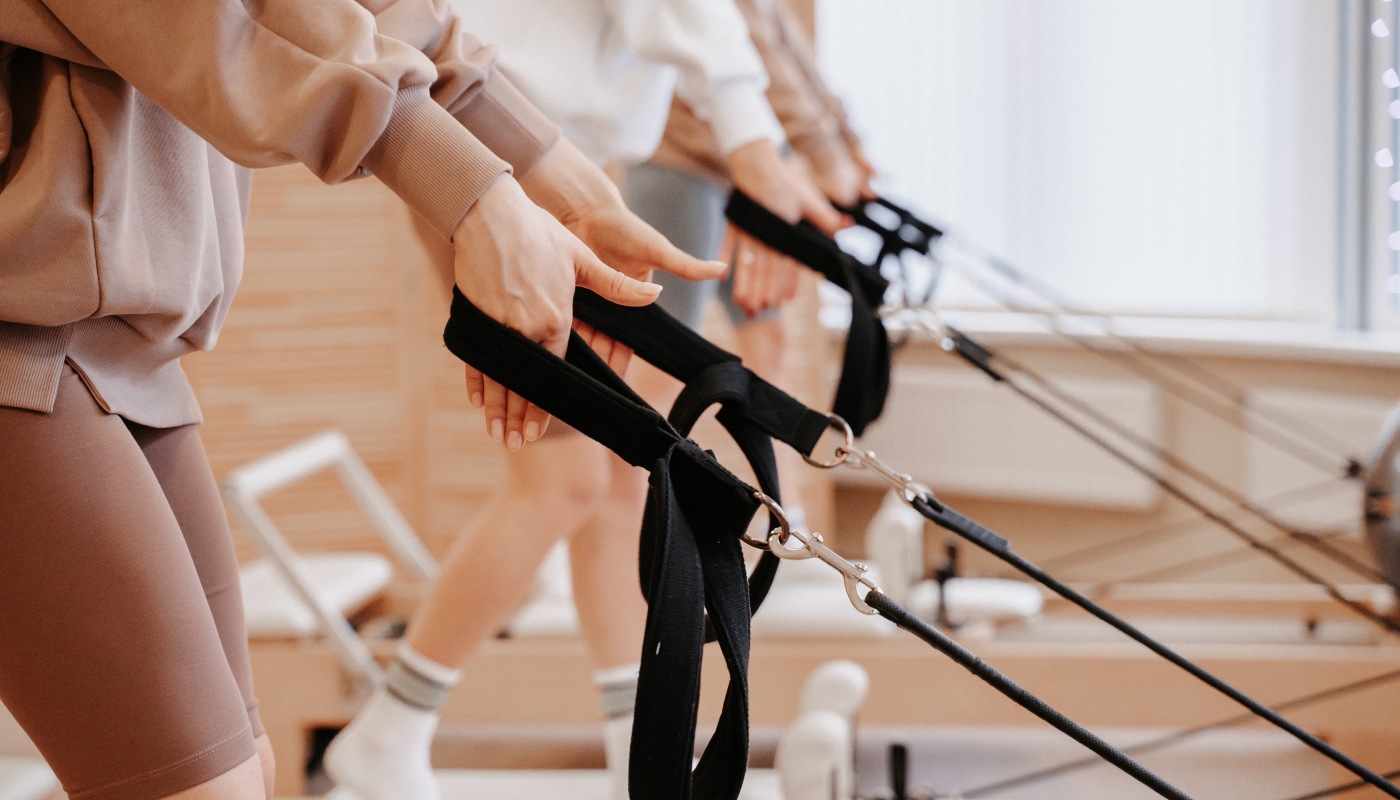Benefits of Pilates
What is Pilates and what are its benefits? Discover everything about this discipline.
health and beauty
Share

Physical exercise is essential for a healthy lifestyle, and today there are countless ways to stay fit, from gym workouts and CrossFit to dance classes, yoga, and Pilates. But what exactly is Pilates? This discipline traces its origins back to the First World War when Joseph Pilates applied his expertise in traumatology, physiotherapy, ballet, and gymnastics to aid the recovery of injured patients. This method, which places great emphasis on breathing and controlled body movements, has since evolved into a widely practised discipline suitable for people of all fitness levels.
What is Pilates and why should I do it?
The numerous benefits of Pilates make it a highly popular activity today. It enhances breathing, promotes healthy weight loss, improves flexibility and joint mobility, helps build muscle mass, improves posture, alleviates back pain, and even aids relaxation in stressful situations.
Types of Pilates
There are various types of Pilates, each catering to different needs and priorities. Mat Pilates, also known as floor Pilates, is the most traditional form. Exercises are performed using body weight, sometimes incorporating accessories such as balls, resistance bands, or rings. However, this is not the only option.
Machine-based Pilates has also gained popularity and is slightly more intense than mat Pilates. This approach utilises specialised equipment with spring and pulley systems to provide both resistance and support. While anyone can do machine Pilates, it is particularly beneficial for those with back or neck issues or individuals undergoing rehabilitation due to injury. Other variations include aqua Pilates, hot Pilates, aerial Pilates, and prenatal Pilates.

How to start doing Pilates to improve your health?
Joseph Pilates believed that noticeable changes in the body required thirty sessions of approximately 45 minutes each. Over time, regular Pilates practice can improve even simple movements, such as tying shoelaces, which can be challenging for individuals with hip or back problems.
Key Pilates exercises
Pilates for beginners includes controlled movements that introduce the method’s numerous possibilities. One fundamental exercise is ‘The Hundred,’ performed while lying on your back with legs raised at a 90-degree angle. The head, neck, and shoulders lift slightly off the ground as the arms extend alongside the body, moving up and down in rapid succession while breathing in five-second cycles. The goal is to complete one hundred arm movements.
Other classic Pilates exercises include the ‘Roll-Up,’ which involves lying on your back with legs straight and arms extended upwards. Slowly roll up through the spine, bringing the arms forward until reaching the feet. The ‘Single-Leg Stretch’ is performed by lying on your back and raising both legs in the air. One knee is drawn towards the chest while the other leg extends at a 45-degree angle, alternating legs while keeping the head and shoulders slightly elevated. Meanwhile, ‘The Plank’ involves lying face down, supporting the body on the forearms and toes while maintaining a straight line from head to heels for 20-60 seconds.
Pilates is, therefore, a well-rounded practice that not only strengthens and balances the body but also reduces stress and enhances overall well-being. Are you ready to give it a try?






